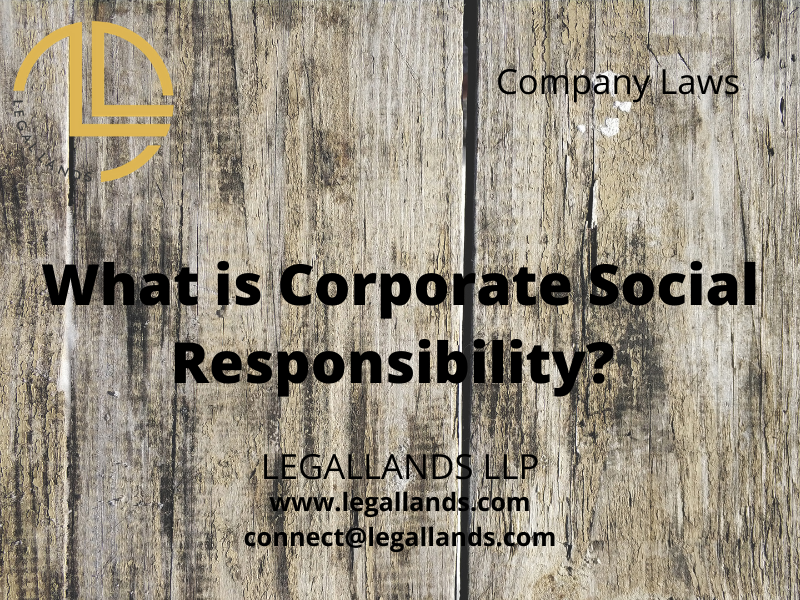In today’s competitive world, when protecting the identity of a business is very tough, it is very crucial to protect distinctive identity of your business and protect your rights. To distinguish business from others, usage of Trade-Mark, Patents and Copyrights are used. However, using a trademark does not give you exclusive rights over it unless you register the Trademark under Trade-Mark Act, 1999. Trade-Mark is a legally perceptible mark, such as word, logo, device, symbol, or label. Any person (natural or artificial) can apply for a Trade-Mark registration, including a Body Corporate, Company, Association of People, Individual, Startups, Small Enterprises, Proprietorship Concern and many more. It is a distinctive character which gives its owner exclusive rights of usage and also safeguards the mark from others.
You can apply for Trademark under both on-line and off-line modes. There are 45 categories under which a Trademark can be registered. These categories represent the type of business for which Trademark will be registered. For the complete registration of your Trade-Mark, the department provides us with the following varied statuses:
- Formality Check Process: Once an application is filed, all the documents attached are first cross examined.
- Marked for Exam: after the formalities are passed, the application is marked for exam where the registrar checks on the similarities and other discrepancies arising among some relevant/alike registered marks.
- Objection: After scrutinizing the trade mark application, objections may be raised by the Registrar/Examiner under Sections 9 and 11 of the Trade Marks Act, focusing on the descriptive goods/generic/laudatory/indicating quality or nature of goods and identical/similar trade mark in respect of identical/similar goods/services already on record in the Trade Mark Registry.
- Advertised before Acceptance: When the mark is yet not accepted by the department but is not having any objections is advertised in the journal.
- Accepted & Advertised: This is shown when the mark is both accepted by the department and Advertised in the journal.
- Abandoned: When the reply for the examination report or any objection report isn’t filled within the time specified, then the Application shall be termed Abandoned.
- Opposition: If anyone is already using the similar Trademark, he may file an opposition letter. Registrar shall issue notice of hearing, both the parties shall present their case.
- Registered: When all the objections and requirements are fulfilled, then the Mark is registered.
- Withdrawal: When the applicant willfully withdraws the application filled.
In best Scenario, a Trademark gets registered in 8-12 months. The period may get extended based on the criticalities involved and objections raised against the Trademark.
For obtaining a Trade-Mark for your enterprise, following online procedure has to be followed:
- Create Your Login ID- Most crucial step for having your Trade-Mark is to create a Valid Login ID on https://ipindiaonline.gov.in/trademarkefiling/user/frmLoginNew.aspx
* Please be careful while logging in. If more than 3 failed attempts, the account locks out and we have to attach a digital signature.
- New Form Filing>> TM – A>> Select type of applicant
* Small Enterprise or Startup – Please factor in the capital and date of incorporation
- Choose Your Category- Varied Categories are given such as: Individual, Startups, Small Enterprises, Others.
To enter the startup category – entity has to be registered as a startup. Registration can be done on URL – https://startupindia.gov.in/registration.php
- Trade-Mark Class as per WIPO- Search for applicable Class under which the Trade Mark Application is to be filed. https://ipindiaonline.gov.in/tmrpublicsearch/classfication_goods_service.htm
* Once you determine the class, it is advisable to cross check the class, against other registered and established brands having the same product. You can cross-check the class on public search at URL – <https://ipindiaonline.gov.in/tmrpublicsearch/frmmain.aspx>
- Selection of Trade-Mark Application Form for registering a Trademark, Form TM – A, has to be chosen.
- List of Documents- certain documents are to be attached mandatorily with the Application form, stated as follows:
- User Affidavit: A declaration has to be provided & signed by the director/ proprietor and executed on normal A-4 size along with a proof of its usage.
* User affidavit, to be accompanied with proof of use, such as – packaging, invoices etc. However, if the Trademark is proposed to be used no proof of use is required.
- Power of Attorney – TM 48: POA shall be executed in favour of the respective person, on Rs. 100 Stamp Paper, from the state in which the individual resides, or in case of the company, where the registered office is located.
*When a proprietor is filling a TM Application by himself, he is not required to attach TM 48
- MSME & Start Up Certificates: In case of Small Enterprise & Startups.
- Form TM-A: Application form has to be attached in a PDF Format.
*Description of goods and services should be filled with the utmost care. Once application has been submitted description can be removed/reduced at some cost. However, if you wish to add to the description, fresh application needs to be moved, same process shall be repeated and application fee will be charged again.
- Digital Signature Certificate (DSC) – After completion of all the aforesaid steps, lastly, we have to attach the DSC and proceed for final submission after payment.
*Earlier Class 3 DSC were applicable for filing trademark application, but now one can also use Class 2 DSC for filling the applications.
There are various categories of Trade-Mark Forms which are filed by the Applicant on specific situations with a prescribed amount of fees, stated as follows:
- TM- A: It is the initial application form for the filling new trademark, in which we have to specify about the Applicant, its agent (Attorney), goods & services description, name and image description.
- TM- O: This form is used for filling Notice of Oppositions, Counter Statements. On a notice of opposition under section 21(1), 64, 66 or 73 or application for rectification of register under section 47 to 57, 68, 77 or application under rule 99, 103, 135,140 or On application under section 25 of Geographical Indication of Goods (Regulations and Protection) Act, 1999 to invalidate a trademark or counter statement related thereto.
- TM- R: For renewal of registration of a trademark under section 25 of each class.
- TM- P: Register a subsequent proprietor in case of assignment or transfer for each trademark
- TM-M: This form is used for Extension of time, or Certified copy, or Duplicate Registration Certificate, or inspection of document, or Particulars of advertisement to registrar, or seeking grounds of decision of Registrar, or Enter in the register and advertise a note of certificate of validity under rule 127, Amendment in trademark application, or Particulars of advertisement of a trademark to Registrar under rule 41.
- TM- U: Application under section 49 to a registered user of a registered trademark in respect of goods or services Or On application under clause (a) of sub-section (1) of section 50 to vary the entry of a registered user of one trademark where the trademarks are covered by the same registered user in respect of each of them Or On application under clause (b), (c) or (d) of sub-section (1) of section 50 for cancellation of entry of a registered user of one trademark Or On notice under rule 95 (2) of intention to intervene in one proceeding for the variation or cancellation of entries of a registered user of a trademark.
- TM-C: Request for search and issue of certificate under rule 22(1)
- TM-G: On application for registration of a person as a trademark agent under rule 147 & 149.
After filing Trademark, a unique application number is given for the same, one has to constantly check and keep in record the updates. Certain objections can be raised by the Trade-Mark Registry, such as;
- Formality Check Failure: This is caused when the documents submitted while trademark application are insufficient or incorrect.
- In Examination Report, the Trademark examiner may raise an objection stating the similarity or related product details with some other registered Trademark.
- After TM being Advertised, a Notice of Opposition can be raised after the TM is advertised in the journal, by another applicant who feels the application applied by you is similar to them
- Show Cause Hearing, IPR Department can send notice for hearing if they have any objections.

Hritvik Gupta is a legal writer and researcher associated with LEGALLANDS LLP, where he contributes analytical and research-driven articles on corporate governance, international trade laws, and policy reforms. His writing reflects a deep understanding of evolving legal frameworks and their impact on cross-border commerce and regulatory compliance.
Hritvik’s work bridges practical legal insight with emerging global regulatory trends, offering readers a balanced perspective that combines academic depth with real-world application. He takes a keen interest in the intersection of law, technology, and international policy, contributing to the discourse on how businesses and governments can adapt to dynamic legal environments.
Through his contributions to Legallands.com, Hritvik aims to make complex legal developments more accessible, insightful, and relevant to businesses, professionals, and policymakers operating in an increasingly interconnected world.




